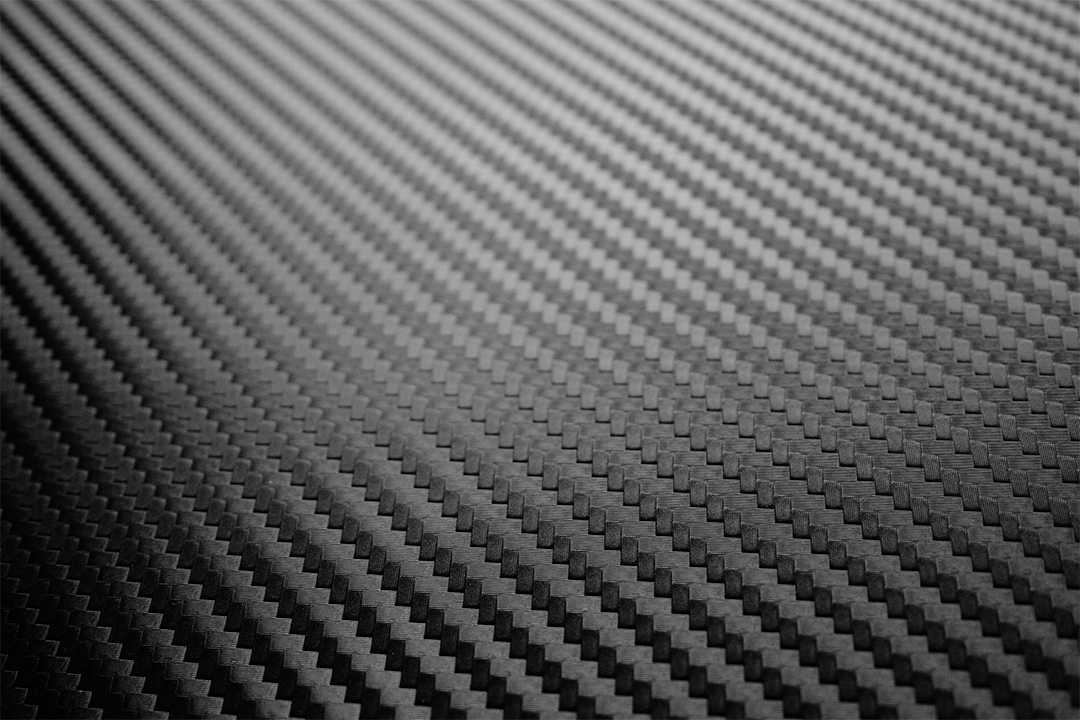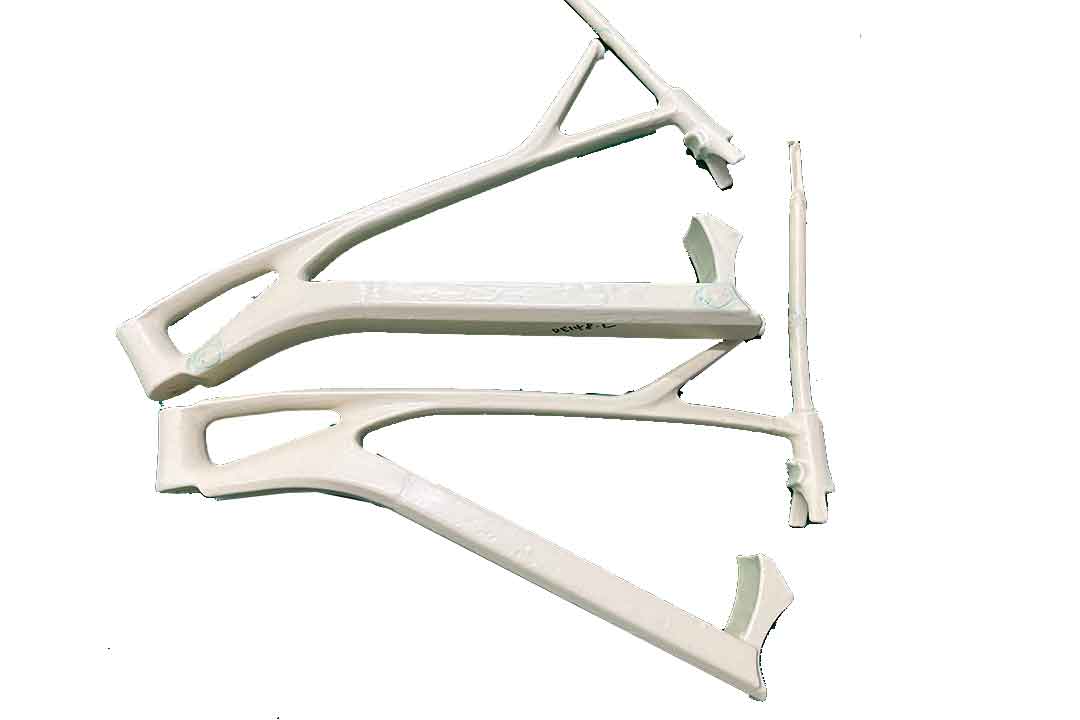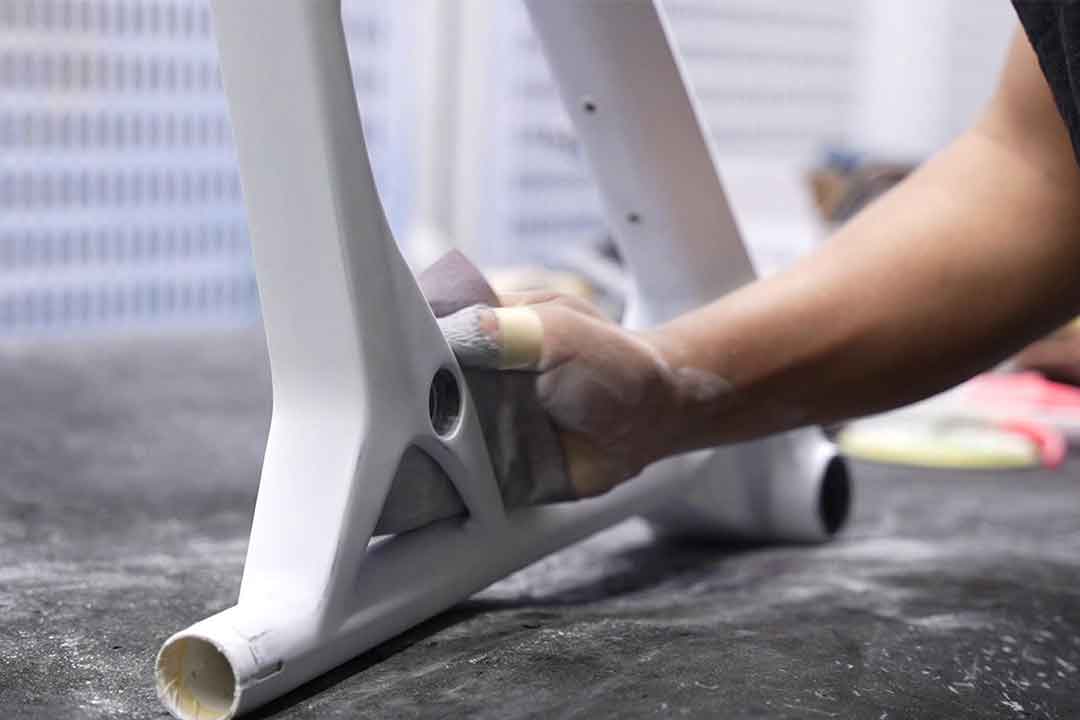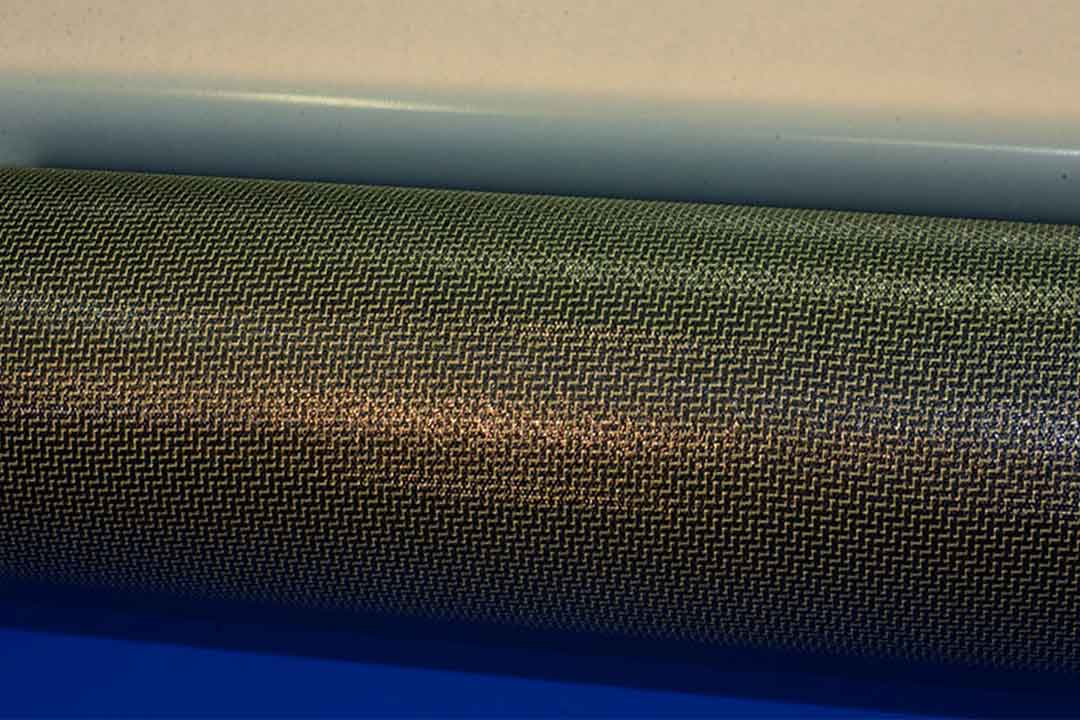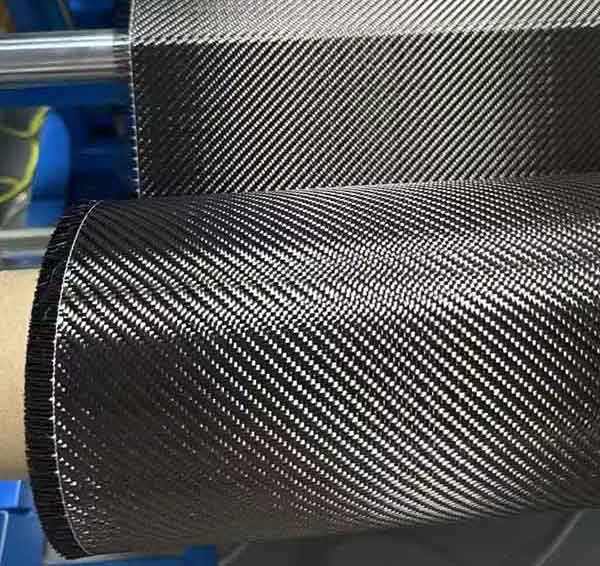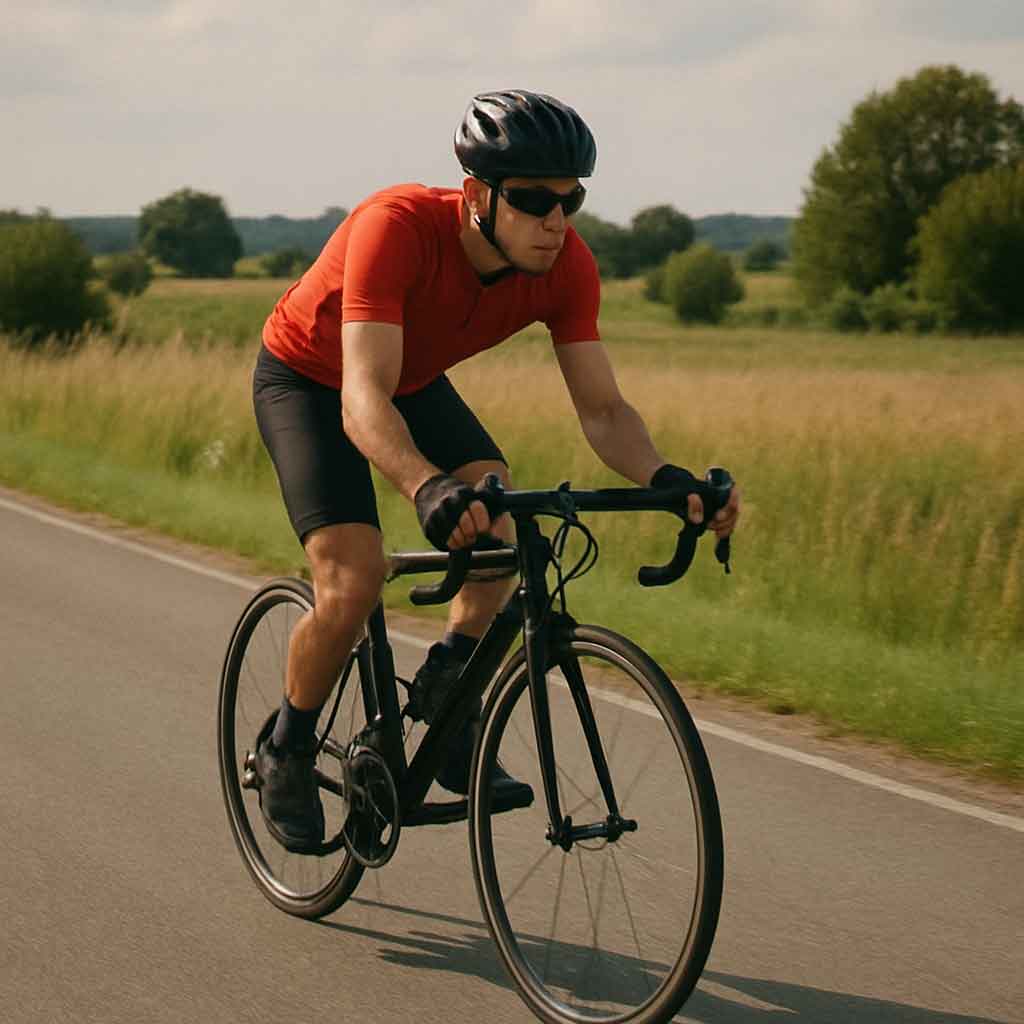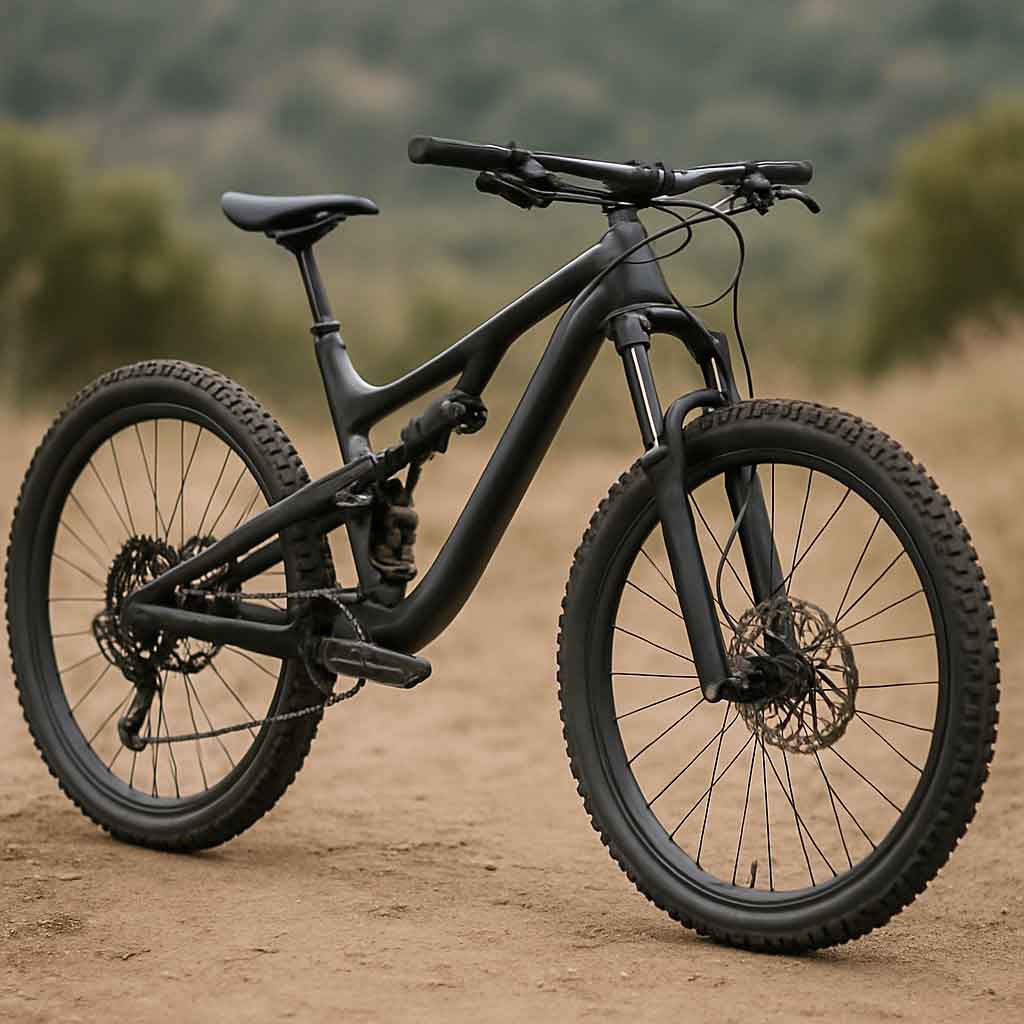Welcome to Mondince Bike - A well-known factory specialized in produce carbon bike frame and other parts since 2007.
Choosing the Right Fixed Gear Components
When it comes to fixed gear bikes, often affectionately referred to as "fixies," choosing the right components can significantly enhance your riding experience. Whether you're a seasoned cyclist or a beginner just diving into the world of single-speed cycling, understanding how to select and assemble the best parts for your bike is crucial. This guide will help you navigate the essentials of fixed gear components, enabling you to customize a ride that's perfect for your needs. By carefully selecting each component, you can ensure that your bike not only performs optimally but also reflects your personal style and preferences.

Before delving into the specifics of components, it's essential to understand what makes fixed gear bikes unique. Unlike traditional bicycles, fixed gear bikes have a drivetrain with a direct connection between the pedals and the rear wheel. This means that whenever the bike is moving, the pedals will rotate. The simplicity of this design is what makes fixies appealing to many cyclists. The lack of a freewheel means that riders must constantly pedal, which can provide a more engaging and connected riding experience.
Fixed gear bikes are known for their minimalistic style and ease of maintenance. They have fewer components than multi-speed bicycles, which often results in lower maintenance costs and a lighter overall weight. This simplicity not only makes them easier to maintain but also provides a clean aesthetic that many riders appreciate. Now, let's explore the key components you should consider when building or upgrading your fixie. Each component plays a critical role in the overall performance and feel of the bike, making it essential to choose wisely.
Frame and Fork
The frame and fork are the backbone of any bicycle, and for fixed gear bikes, they come in various materials such as steel, aluminum, carbon fiber, and titanium. Each material offers distinct characteristics that can affect the ride quality and performance of your fixie.
Steel Frames
Steel frames are favored for their durability and comfort. They offer a smooth ride and can absorb road vibrations effectively. The flexibility of steel allows it to handle rough roads with ease, providing a comfortable ride even on longer journeys. Brands like Pure Fix Cycles offer steel frames that provide a classic fixed gear style, often associated with the traditional aesthetic of cycling.
Steel's weight is often slightly higher than other materials, but the trade-off in comfort and durability is well worth it for many riders. Additionally, steel frames are often more affordable, making them an attractive option for those new to fixies or those on a budget. The resilience of steel means that these frames can last for many years, enduring the rigors of urban cycling without significant wear.
Aluminum Frames
Aluminum is lighter than steel and typically offers a stiffer ride. This material is excellent for riders looking for speed and efficiency. The rigidity of aluminum frames means that more power is transferred directly from the pedals to the wheels, providing an immediate response. This makes aluminum frames a popular choice for those who prioritize speed and performance.
Aluminum frames are also resistant to rust, which is a significant advantage for those living in wet climates. However, the stiffness of aluminum can result in a harsher ride, particularly on rough surfaces. Despite this, many cyclists appreciate the lightweight nature of aluminum, which can make climbing and acceleration feel effortless.
Carbon Fiber and Titanium
For those seeking high performance and are willing to invest more, carbon fiber and titanium frames are options. These materials are incredibly light and strong, but they come at a higher fixed gear bike price. Carbon fiber frames are known for their superior stiffness-to-weight ratio, providing an unparalleled ride experience that many competitive cyclists desire.
Titanium, on the other hand, combines the best of both steel and aluminum. It offers the lightweight characteristics of aluminum with the comfort and durability of steel. While both carbon fiber and titanium can be costly, their performance benefits and longevity can justify the expense for serious riders. These materials are often seen in high-end fixies, where performance and prestige are paramount.
Wheels and Tires
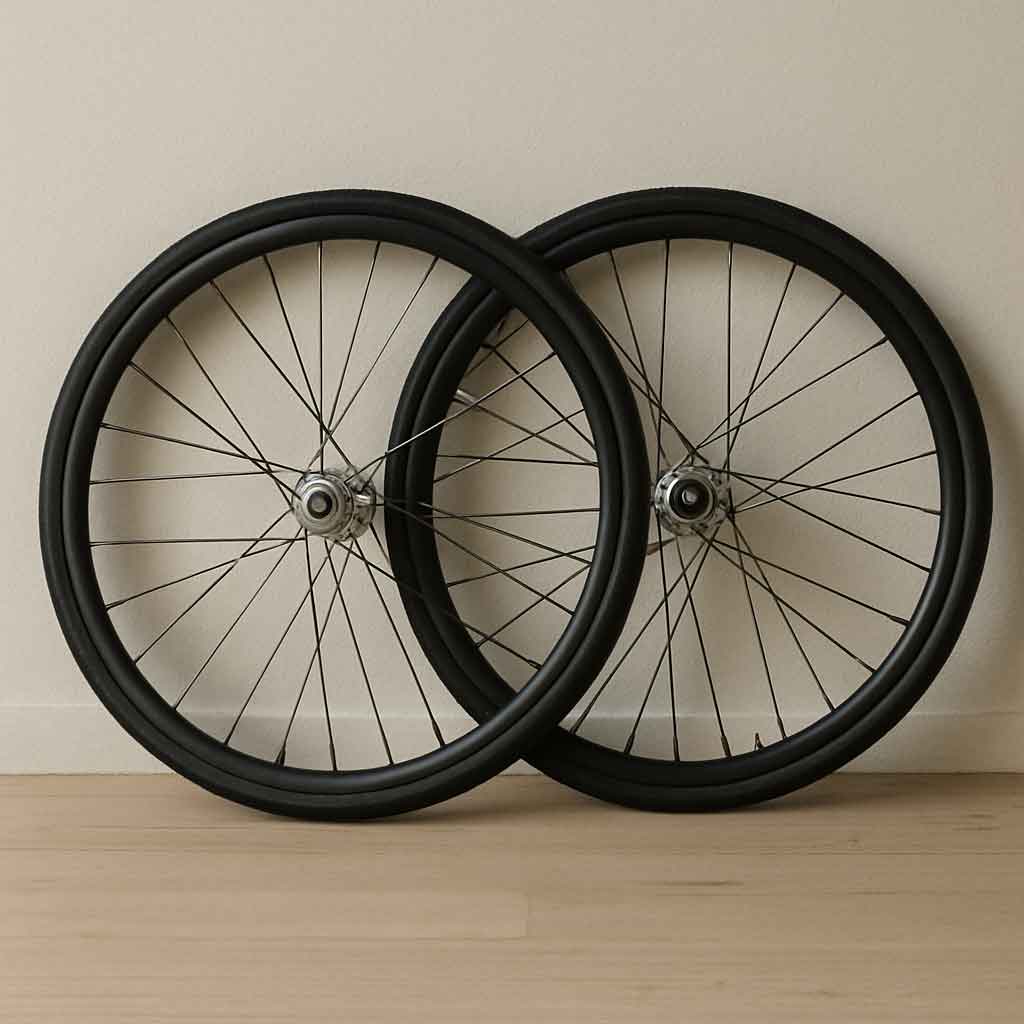
The wheels and tires on your fixie greatly affect performance and handling. Fixed gear bikes typically feature either deep V rims or box-section rims. The choice between these options can influence not only the aesthetics of your bike but also its aerodynamic properties and ride quality.
Deep V Rims
Deep V rims are popular among fixie riders for their aerodynamic benefits and stylish appearance. Their deeper profile helps to cut through the air more efficiently, which can be particularly beneficial at higher speeds. They are often found in fixie bicycles from brands like Pure Fix, which cater to both aesthetic and performance-conscious cyclists.
The increased stiffness provided by deep V rims can enhance power transfer, making them a favorite for those who enjoy sprinting or fast-paced city rides. However, it's important to note that these rims can be heavier than other options, which might not suit everyone, especially those who prioritize a lightweight setup.
Tires
Tire selection will depend on your riding style and the surfaces you encounter. Slick tires are great for city commuting, providing low rolling resistance and excellent speed on smooth pavements. They allow for nimble handling in urban environments, making them ideal for weaving through traffic.
Wider tires with more tread offer better grip and comfort on rougher terrains. These tires can absorb road imperfections more effectively, providing a smoother ride on bumpy surfaces. For those who enjoy venturing off the beaten path or live in areas with less than ideal road conditions, these tires can make a significant difference in comfort and control.
Crankset and Bottom Bracket
The crankset and bottom bracket are key components that drive the bike forward. Together, they influence how efficiently you can transfer power from your legs to the bike.
Crankset
When choosing a crankset, consider the number of teeth on the chainring. A higher number of teeth means more speed but requires more effort to pedal. For most urban cyclists, a balance between speed and effort is ideal. A common choice is a chainring with around 44 to 48 teeth, which offers a good compromise between acceleration and top speed.
The material and construction of the crankset can also affect performance. Alloy cranksets are lightweight and durable, making them a popular choice for many riders. For those seeking even higher performance, carbon fiber cranksets offer exceptional stiffness and weight savings, albeit at a higher price point.
Bottom Bracket
The bottom bracket connects the crankset to the bike and allows it to rotate. Ensure it's compatible with your frame and crankset. Sealed cartridge bottom brackets are a popular choice for their durability and low maintenance. These units are designed to keep dirt and moisture out, ensuring smooth operation over the long term.
Different bottom bracket standards, such as threaded and press-fit, may require specific tools for installation and maintenance. It's essential to choose a bottom bracket that matches your frame's specifications to avoid compatibility issues. Regular checks and maintenance can prolong the life of this critical component, ensuring a smooth and efficient ride.
Handlebars and Stem
The handlebars and stem affect your riding posture and comfort. The right combination can enhance your control and overall enjoyment of the ride.
Handlebar Types
- Drop Bars: Common in racing bikes, they offer an aerodynamic position. This position can reduce wind resistance, making drop bars ideal for faster rides and long distances.
- Flat Bars: Provide a more upright position, ideal for city riding. They offer greater visibility and comfort, which is beneficial in urban environments.
- Bullhorn Bars: Combine features of both drop and flat bars, offering versatility. They allow for multiple hand positions, which can reduce fatigue on longer rides.
Each handlebar type offers distinct advantages, so it's important to consider your riding style and preferences when making a choice. Experimenting with different bars can help you find the optimal setup for your needs.
Stem Length
The stem length will influence your reach and posture. A longer stem promotes a more aerodynamic posture, which can be beneficial for speed. It can also affect the handling characteristics of the bike, with longer stems generally providing more stable steering at high speeds.
Conversely, a shorter stem offers comfort and better control, particularly at lower speeds or in technical riding conditions. The right stem length will depend on your personal riding style and the geometry of your bike. Adjusting the stem length can be a simple yet effective way to fine-tune your riding position for maximum comfort and efficiency.
Brakes
Although fixed gear bikes can be ridden without traditional brakes, having at least a front brake is recommended for safety. This is especially important in urban environments where quick stops may be necessary.
Front Brake
A caliper brake on the front wheel provides adequate stopping power for most fixie cyclists. This simple and effective braking system can greatly enhance your control, especially in emergency situations. Make sure to check local laws, as some areas require at least one brake on a bicycle.
Installing a front brake doesn't compromise the minimalist aesthetic of a fixie and can provide peace of mind while riding. It's crucial to ensure that your brake is well-maintained and adjusted properly to ensure optimal performance. Regular checks and maintenance can prevent brake failure and improve safety.
Saddle and Seatpost

by tyler richardson (https://unsplash.com/@harpandbowl)
The saddle is a crucial component for comfort. Choose a saddle that supports your riding style and provides comfort on longer rides. The right saddle can make a significant difference in your overall riding experience, reducing discomfort and fatigue.
The seatpost should allow for easy adjustments to find the perfect height and angle. A properly adjusted seatpost ensures that you can pedal efficiently and comfortably, preventing strain on your knees and back. Consider a seatpost with a micro-adjustment mechanism for precise tuning.
Pedals
Pedals connect you to the bike and come in various styles. The choice of pedals can affect both performance and comfort while riding.
Platform Pedals
Platform pedals are straightforward and allow for easy foot placement. They are often used with toe clips for added security. These pedals are ideal for casual riders or those who frequently stop and start, as they allow for quick and easy dismounting.
Platform pedals can accommodate a wide range of footwear, making them versatile and practical for everyday use. For those who prefer a more traditional setup, adding toe clips can enhance grip and pedaling efficiency.
Clipless Pedals
For more control and efficiency, clipless pedals allow you to attach your cycling shoes directly to the pedal. This setup is favored by more experienced cyclists who prioritize performance. Clipless pedals provide a secure connection, allowing for more effective power transfer and control.
While there is a learning curve associated with clipless pedals, many cyclists find that the increased efficiency and control are well worth the effort. Specialized cycling shoes are required, but the benefits in terms of performance can be significant.
Fixie for Sale: Where to Buy
Finding the perfect fixie bike involves choosing the right components and knowing where to buy. There are various fixed gear bike companies and fixie bicycle brands like Pure Fix that offer complete bikes and customizable options. You can visit a pure fix bike shop or explore online stores for a wider selection.
Online marketplaces often provide detailed specifications and reviews, which can be invaluable when comparing different models and components. Visiting a local bike shop can also offer the advantage of personalized advice and the opportunity to test ride different options. Whether you choose to buy online or in-store, take the time to research and compare to find the best deal and support.
Building Your Own Fixie
For those who enjoy hands-on projects, consider using a fixie builder tool to customize your bike. This can be a rewarding experience and ensures you get exactly what you want in terms of style and performance. Building your own fixie allows for complete control over every component, ensuring that your bike meets your exact specifications.
There are numerous resources available online, including tutorials and community forums, to assist you in the building process. This DIY approach can also be more cost-effective, as you can choose components that fit your budget and upgrade over time as needed. Whether you're a seasoned builder or a novice, assembling your own fixie can be a fulfilling project that results in a bike that is truly unique.
Conclusion
Choosing the right components for your fixed gear bike is about understanding your needs and riding style. Whether you're customizing a pure fix fixie bike or exploring different fixie bicycle brands, each component plays a vital role in your cycling experience. Evaluate the options, consider your preferences, and build a bike that not only meets your needs but also reflects your personal style. A well-chosen setup can enhance your enjoyment of cycling and inspire confidence on every ride. Happy cycling!


